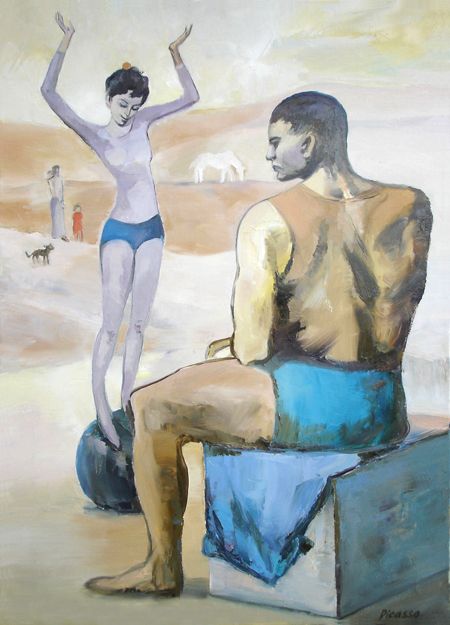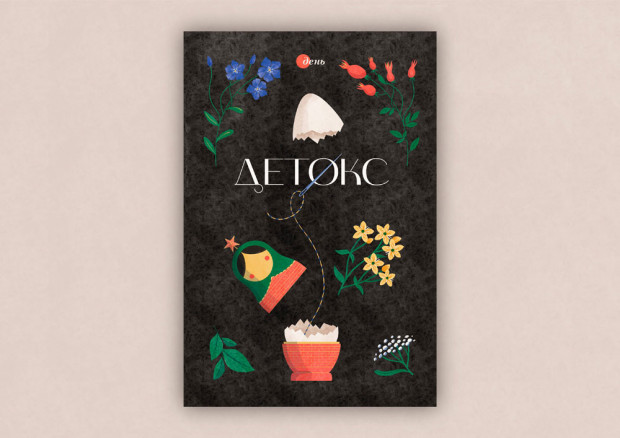The Diagnostic Symptoms Gallery
At the Dnipropetrovsk State Medical Academy (DSMA), students learn to identify illness by exploring great painters’ artworks
The academy’s internal medicine propedeutics department’s premises are at the City Hospital No. 2, where reproductions of famous paintings decorate the corridors. The doctors themselves call this exhibition the Diagnostic Symptoms Gallery. They teach students to recognize the signs of various diseases as shown in characters from the paintings of well-known artists such as Leonardo da Vinci, Pablo Picasso, Salvador Dali, or Ilya Repin. “We have selected about 200 paintings and other works of art in total, that help us in our work,” head of the department Professor Tetiana Khomaziuk told us. “This educational technique, called ‘Medicine in the Arts,’ is quite common in European practice, but for Ukraine it is really a new phenomenon.” According to her, the department started studying this field a few years ago, actively supported by Heorhii Dziak, the academy’s rector.
“We ask students to use artistic images created by famous painters, sculptors, and writers as a kind of textbook. After all, an experienced doctor can identify a lot of diseases visually from a distance, just from the patient’s looks or their verbal portrait,” Khomaziuk said. For example, descriptions of angina pectoris can be found in Pushkin’s The Bronze Horseman and some stories by Chekhov. However, information recorded by famous painters in their artworks is the best visual aid. Since the Renaissance, they have been working to achieve the maximum likeness, allowing us to make a good call when assessing the health status of the depicted person. Thus, Dnipropetrovsk doctors see da Vinci famous model La Gioconda’s peculiar facial features as a clear evidence of her excessive cholesterol levels and liver disease. Pablo Picasso’s famous Girl on the Ball accurately shows deformed spine of the gymnast sitting with his back to the audience, the deformation called scoliosis by the healthcare professionals. According to the doctors, even plump beauties of Rubens may not boast of good health, as their obesity is accompanied not just by cellulite, but by varicose veins and flat feet, too.
The department’s members have published several studies using works of art as perfect illustrations of various ailments. For example, the DSMA’s rector Academician Dziak and Professor Khomaziuk’s recent joint volume on gout includes painted images and literature descriptions of the people suffering from this disease. It has turned out that Hasek, Pushkin, Chekhov, Maugham, O. Henry covered gout in their works, while Hieronymus Bosch, Raphael, Salvador Dali and other famous artists painted the afflicted.
“We have copied the Diagnostic Symptoms Gallery into our computer database and use it as a visual aid during lectures and practical classes. In fact, there is nothing unusual with it. After all, everybody can do a cursory assessment at least of someone’s health status, based on their facial expression, gait, skin coloration and other characteristics. However, professionals should see much more when looking at their patients,” graduate student Oleksii Kravchenko said. “Students take this information with great interest. In addition, it greatly expands their horizons and makes them more refined, an important achievement for future doctors.” By the way, the DSMA educates students from about 40 countries, giving lectures in foreign languages frequently.






